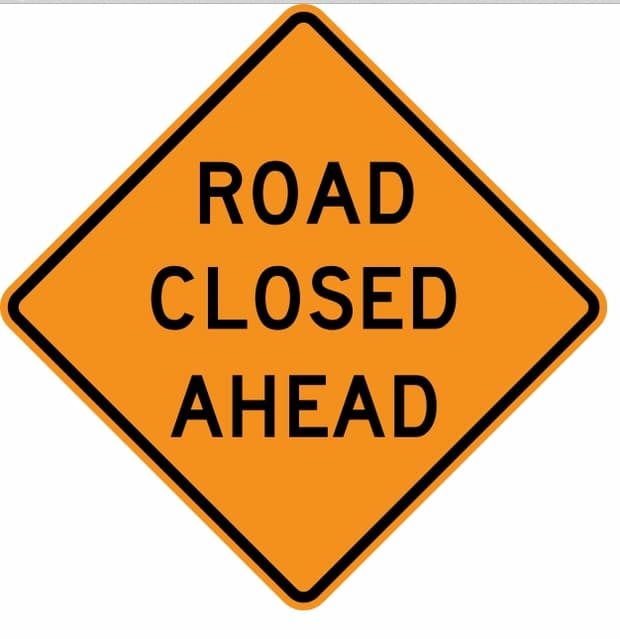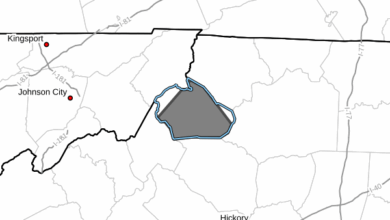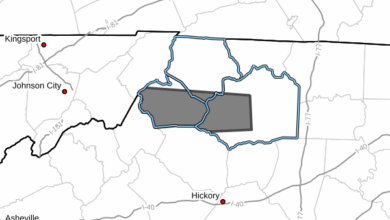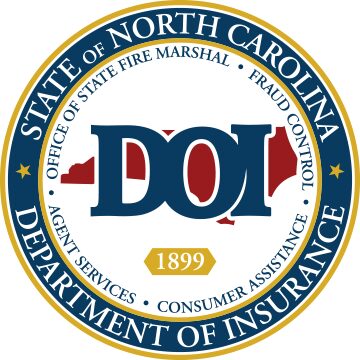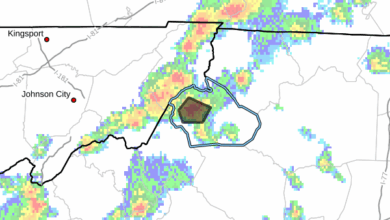Last Updated on June 3, 2013 8:20 pm
For the fifth time in the past six years, a 58-year-old bridge over South Buffalo Creek in Guilford County carrying more than 123,000 vehicles daily is rated North Carolina’s top substandard bridge, according to AAA Carolinas.
The bridge overpass in Greensboro, built in 1955, is located at the intersection of Interstates 40 Business and 85 Business and has been in the top two on AAA’s substandard bridges list for the past six years (#1 in 2008, 2009, 2010, 2012 and 2013; #2 in 2011).
AAA Carolinas’ 2013 rankings found:
The average age of AAA’s top 20 substandard bridges is 49 years, compared to 51 last year.
The top 20 substandard bridges on AAA’s list carry an average of 53,100 vehicles daily.
Combined, the top 20 bridges carry more than 7.4 million vehicles each week.
A total of 5,190 bridges are substandard, down 676 from the 5,866 bridges listed in AAA’s 2012 report.
North Carolina has the nation’s second-largest state-maintained highway system with more than 79,000 miles of state-owned and maintained highways. NCDOT is also responsible for 13,317 bridges; 39% of those are substandard.
“Inadequate funding for road and bridge maintenance over the past decade means we still have a significant number of substandard bridges in North Carolina,” said David E. Parsons, president and CEO of AAA Carolinas. “We need to find new sources of funding for our state’s Department of Transportation.”
Another bridge built in 1955, located in Forsyth County and carrying I-40 Business traffic across Liberty Street, came in second. In third place is another Guilford County bridge, which carries U.S. 220 traffic across U.S. 220 Business and State Route 1452 that was built in 1968.
The North Carolina Department of Transportation has dedicated $450 million over the past two years to replace, preserve or repair more than 1,000 bridges across the state, including replacing or improving 470 structurally deficient bridges. An additional $300 million in proposed state budgets would enable the NCDOT to continue the program over the next two years.
None of North Carolina’s substandard bridges pose an immediate threat to motorists at this time.
“Improving our infrastructure is critical to improving the state’s economy,” said NCDOT Chief Engineer Terry Gibson. “The money we are spending on replacing and improving our substandard bridges is a great investment in fueling that growth. It will improve the flow of transportation of products from manufacturers and our farms, and provide better transportation access across the state.”
Guilford, Forsyth and Wake counties topped the list with three bridges among the top 20 substandard bridges. Buncombe, Davidson and Cumberland counties each had two bridges at the top of AAA Carolinas’ list.
There are 10 bridges among the top 20 that were not ranked in the 2012 report, which are listed below with their 2013 ranking:
U.S. 52 over U.S. 311 in Forsyth County (6th)
U.S. 23/74 over U.S. 19/23 in Haywood County (7th)
U.S. 52/311 & N.C. 8 over Diggs Blvd. in Forsyth County (8th)
U.S. 15/501NBL over SR1308 in Durham County (9th)
U.S. 17 over U.S. 76 in Brunswick County (10th)
U.S. 76 over the Cape Fear River in New Hanover County (11th)
I-26WBL over SR3495 in Buncombe County (14th)
U.S. 70 over U.S. 401 in Wake County (15th)
SR2254 over Southern Railroad in Guilford County (16th)
I-277 over Clarkson Street in Mecklenburg County (17th)
Counties with the highest number of substandard bridges are Buncombe (218), Guilford (166), Wake (155) and Wilkes (142). Counties with the highest percentage of substandard bridges are Transylvania (61%), Macon (60%), Clay (56%) and Madison (55%).
The counties with the lowest percentage of substandard bridges are Hyde (14%), Currituck (18%), Richmond (18%) and Jones (20%).
AAA Carolinas has been rating the state’s bridges since 1998, giving extra emphasis to the amount of traffic a bridge carries because of the effect on commuters and travelers. AAA Carolinas’ rankings are based on data provided by NCDOT.
Substandard bridges are officially classified under federal guidelines as “structurally deficient” or “functionally obsolete.”
“Structurally deficient” is defined as being in relatively poor physical condition and/or inadequate to handle truck weight. “Functionally obsolete” is defined as having inadequate design for current traffic volume. States inspect bridges to determine their condition and qualify for federal aid replacement funds when a bridge scores less than 50 on a 100-point scale.
AAA Carolinas, an affiliate of the American Automobile Association, is a not-for-profit organization that serves more than 1.8 million members and the public with travel, automobile and insurance services while being an advocate for the safety and security of all travelers.







